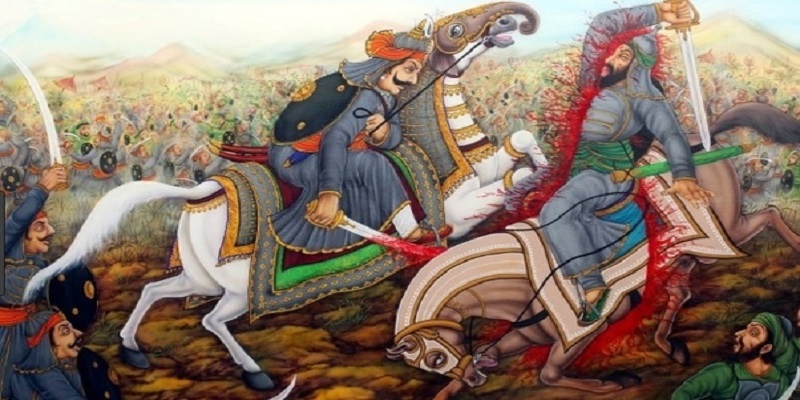The Historic Battle of Kanawha: A Tale of Conflict and Resilience
The Battle of Kanawha is a term that refers to a series of conflicts that occurred in the Kanawha River Valley of present-day West Virginia between 1526 and 1707. These conflicts involved various Native American tribes and European explorers and settlers, and they played a significant role in shaping the early history of the region.
The first recorded conflict in the Kanawha River Valley occurred in 1526 when a group of Spanish explorers led by Lucas Vázquez de Ayllón sailed up the river in search of gold and other riches. They encountered a group of Native Americans who attacked their expedition, forcing them to retreat downstream. This encounter marked the beginning of a long and often violent struggle for control of the region.
Throughout the 16th and 17th centuries, various European powers, including the Spanish, French, Dutch, and English, sent expeditions to explore and settle the region. Many of these expeditions encountered fierce resistance from the native tribes, who had long inhabited the area and were determined to protect their lands and way of life. In many cases, these conflicts escalated into full-scale battles, with both sides suffering significant casualties.
One of the most significant battles of the period occurred in 1675 when a group of Native Americans led by the Shawnee chief, Opchanacanough, launched a surprise attack on several English settlements in the Kanawha River Valley. The attack, known as the "Bloody Run Massacre," resulted in the deaths of over 50 settlers and marked a turning point in the conflict between the Native Americans and the European colonizers.
In response to the attack, the English launched a series of retaliatory raids against Native American villages throughout the region, further escalating the conflict. The violence continued for several years, with both sides suffering significant losses.
Despite the ongoing conflict, European settlement in the region continued to grow, and by the early 18th century, several permanent settlements had been established in the Kanawha River Valley. In 1707, a group of settlers led by the trader Abraham Wood established a trading post on the New River, marking the beginning of a new era of European dominance in the region.
Today, the legacy of the Battle of Kanawha and the broader conflicts between Native American tribes and European colonizers remains a significant part of the history and culture of the region. The Kanawha River Valley is home to several historic sites and landmarks, including Fort Randolph, which was built by the English in 1776 to defend against Native American attacks.
In conclusion, the Battle of Kanawha was a long and often violent struggle for control of the Kanawha River Valley between Native American tribes and European colonizers. The conflict spanned more than 180 years and involved numerous battles and skirmishes that shaped the early history of the region. Today, the legacy of this conflict remains an important part of the cultural heritage of the region, and it serves as a reminder of the complex and often violent interactions between different groups in the early years of American history.

